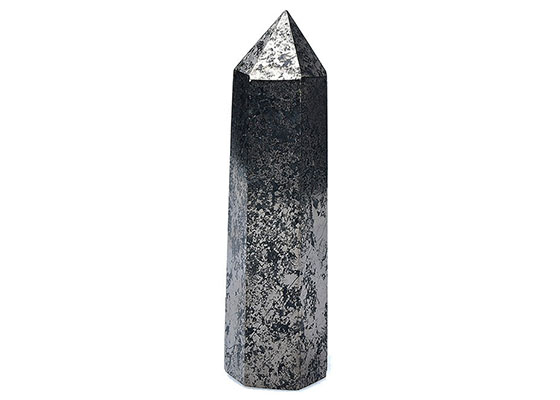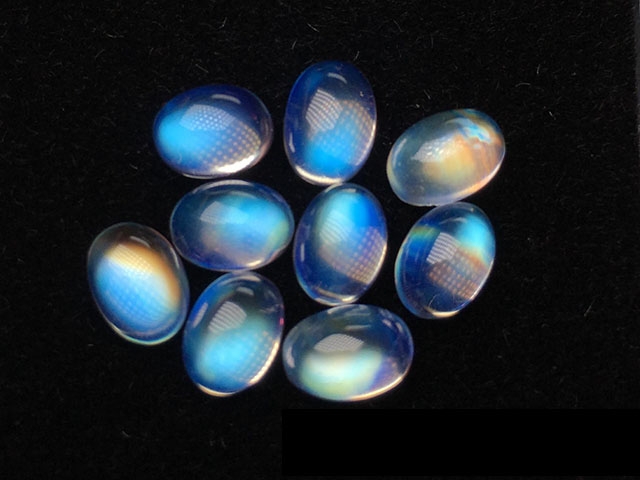Pyrite is a popular mineral known for its unique golden appearance and its properties. It is often mistaken for gold due to its resemblance to the precious metal, which is why it is also called “fool’s gold.” But unlike gold, pyrite is not very valuable, but it is still significant in various industries, including metallurgy, chemistry, and construction. In this post, we will explore the characteristics of pyrite, where it is found, the types of rocks that contain it, and its uses.
Characteristics of Pyrite
Physical properties of pyrite
Pyrite has a bright metallic luster and appears in shades of gold, brass, and yellow. It has a cubic crystal structure, and its hardness is 6-6.5 on the Mohs scale. It is brittle and breaks easily into small pieces, and its density is approximately 5.0 g/cm³.
Chemical properties of pyrite
Pyrite has the chemical formula FeS2, meaning it is composed of iron and sulfur. It is insoluble in water and reacts with oxygen and acid. Pyrite’s reactivity with oxygen and acid is why it is often used in the production of sulfuric acid, an essential industrial chemical.
Occurrence of Pyrite
Pyrite is a common mineral found in various geological settings around the world. It is often associated with other minerals like chalcopyrite, sphalerite, and galena. Here are the most common geological settings where pyrite is found:
Sedimentary rocks
Pyrite is commonly found in sedimentary rocks such as shale, sandstone, and coal. In these rocks, pyrite forms as a result of diagenesis, which is the physical and chemical alteration of sedimentary rocks by heat and pressure.
Igneous rocks
Pyrite is also found in igneous rocks such as granite, diorite, and gabbro. In these rocks, pyrite forms as a result of hydrothermal activity, which is the circulation of hot fluids through rocks.
Metamorphic rocks
Pyrite is found in metamorphic rocks such as slate, schist, and gneiss. In these rocks, pyrite forms as a result of metamorphism, which is the transformation of existing rocks due to heat and pressure.
Pyrite deposits are found worldwide, with the most significant ones located in the United States, Canada, Peru, Spain, and China.
Types of Rocks that Contain Pyrite
As mentioned earlier, pyrite is found in various geological settings and rock types. Here are some of the most common rocks that contain pyrite:
Sedimentary rocks
Coal
Coal is a sedimentary rock composed mainly of organic material and mineral matter. Pyrite is often found in coal seams as small, irregular masses that can cause spontaneous combustion and air pollution.
Shale
Shale is a fine-grained sedimentary rock composed mainly of clay minerals. Pyrite is commonly found in shale deposits, where it forms as a result of diagenesis.
Sandstone
Sandstone is a clastic sedimentary rock composed mainly of sand-sized grains of mineral, rock, or organic material. Pyrite is often found in sandstone deposits, where it forms as a result of diagenesis.
Igneous rocks
Granite
Granite is a common intrusive igneous rock composed mainly of feldspar, quartz, and mica. Pyrite is often found in granite deposits as small, irregular masses or as inclusions in other minerals.
Diorite
Diorite is a coarse-grained intrusive igneous rock composed mainly of plagioclase feldspar, hornblende, and biotite. Pyrite is often found in diorite deposits as inclusions in other minerals.
Metamorphic rocks
Slate
Slate is a fine-grained metamorphic rock that forms from the sedimentary rock shale. Pyrite is often found in slate deposits, where it forms as a result of metamorphism.
Schist
Schist is a coarse-grained metamorphic rock composed mainly of mica minerals. Pyrite is commonly found in schist deposits, where it forms as a result of metamorphism.
Gneiss
Gneiss is a coarse-grained metamorphic rock composed mainly of quartz, feldspar, and mica minerals. Pyrite is often found in gneiss deposits as small, irregular masses or as inclusions in other minerals.
Uses of Pyrite
Pyrite has various uses in different industries, including:
Metallurgy
Pyrite is used as a source of iron in the production of steel. It is also used in the production of sulfuric acid, which is an essential industrial chemical.
Chemistry
Pyrite is used in the production of sulfur dioxide, which is used to preserve wine and dried fruit. It is also used in the production of fertilizers, dyes, and other chemicals.
Construction
Pyrite is used in the construction industry as a source of aggregate, which is used to make concrete and asphalt. It is also used as a decorative stone in landscaping.
Related:
Conclusion
Pyrite is a unique mineral that is often mistaken for gold due to its resemblance to the precious metal. It has a bright metallic luster and appears in shades of gold, brass, and yellow. Pyrite is commonly found in sedimentary, igneous, and metamorphic rocks around the world. It is used in various industries, including metallurgy, chemistry, and construction. Despite its resemblance to gold, pyrite is not very valuable but is still significant in many ways.




